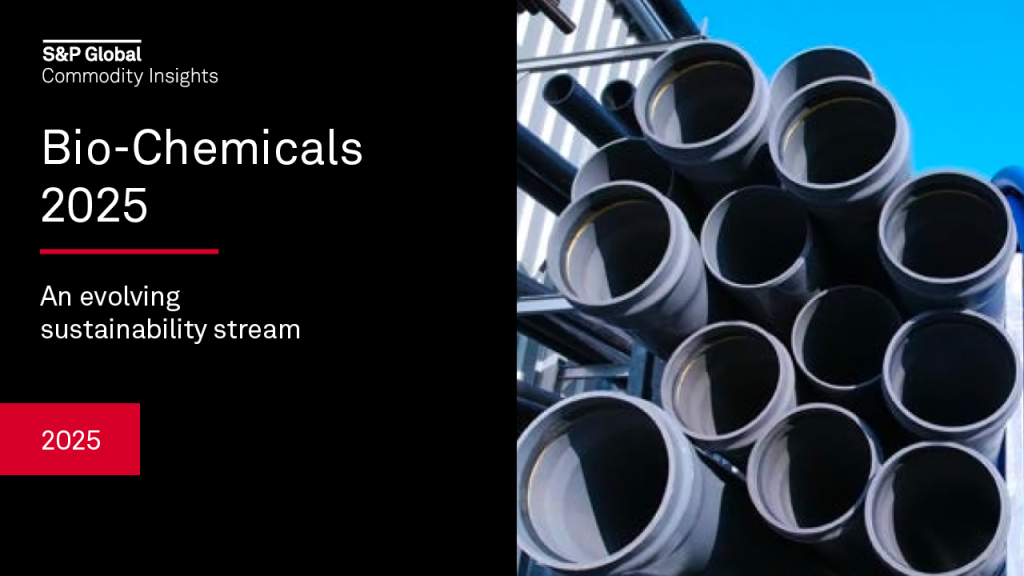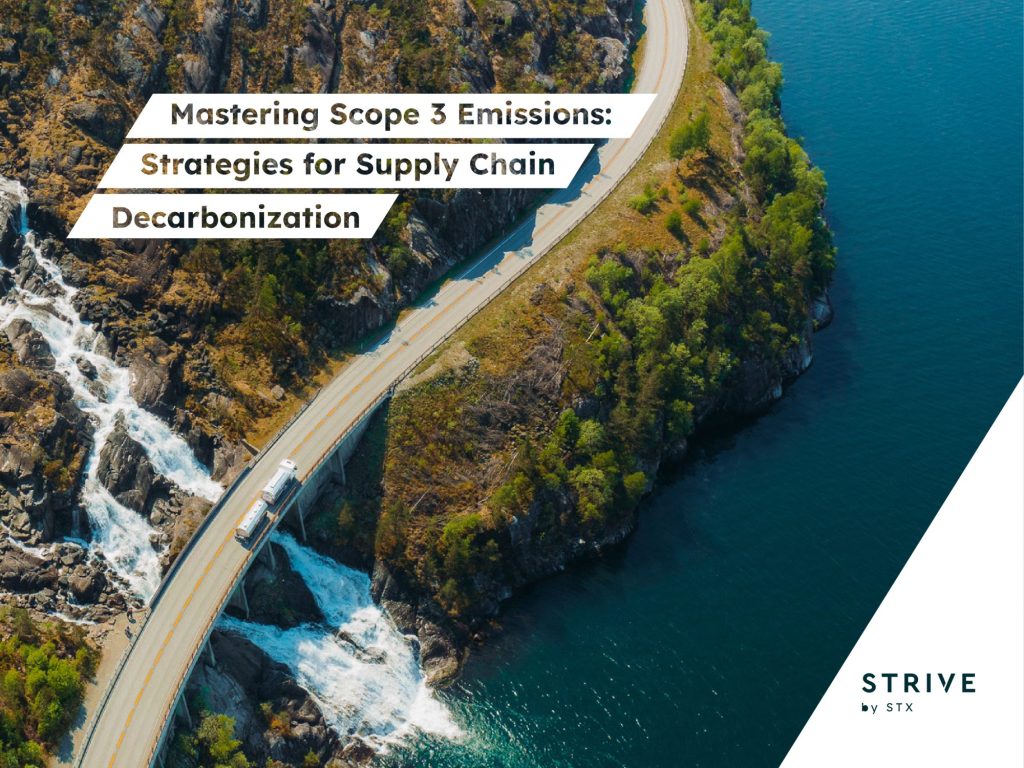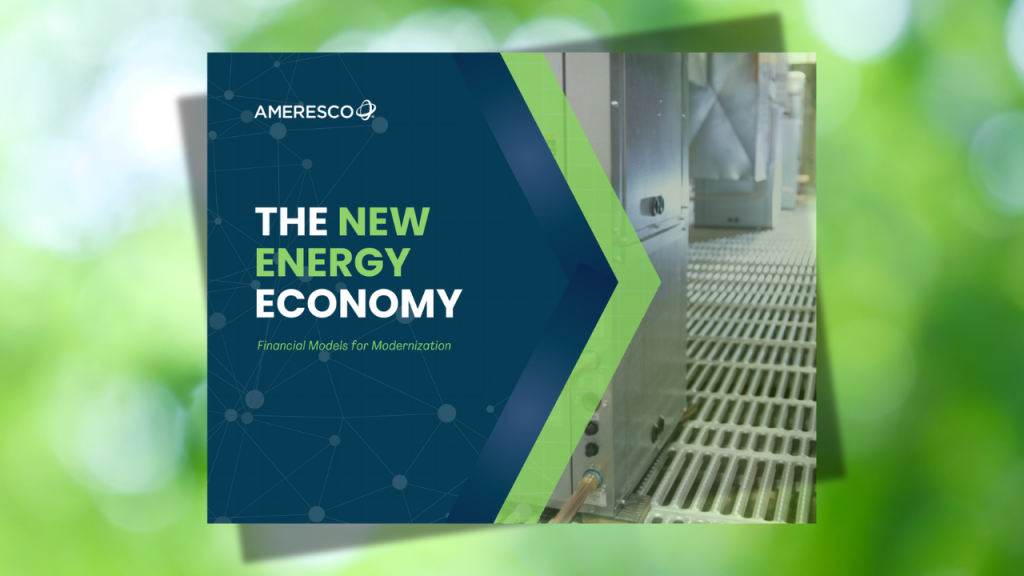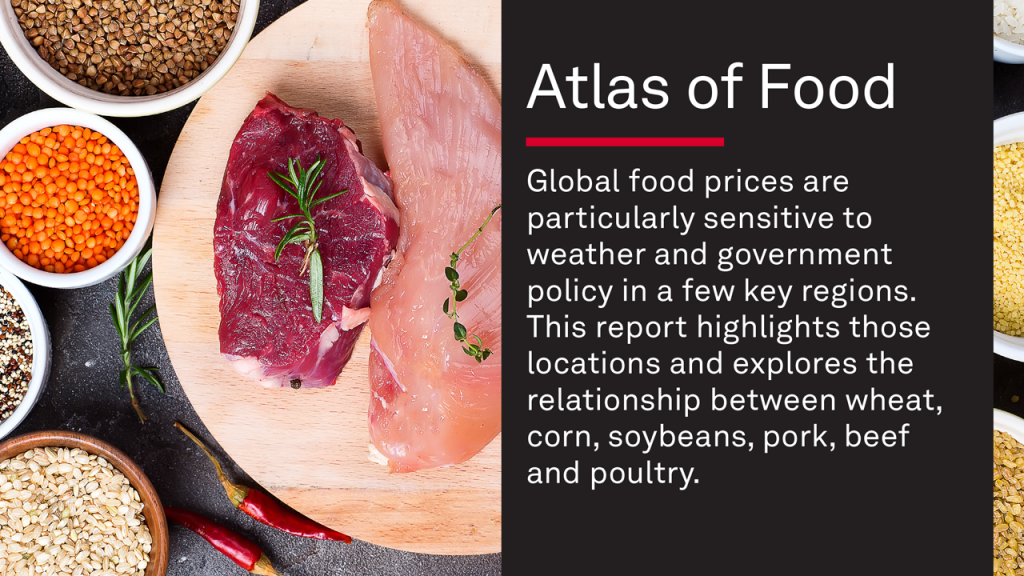Baxter's Green Practices Yield $11.9 Million in Environmental Savings and Income
Water conservation, energy efficiency, retrofits and other eco-friendly initiatives yielded Baxter International Inc. a total of $11.9 million in environmental income, savings and cost avoidance for 2008, the diversified healthcare products firm said in its latest sustainability report. Read More
Water conservation, energy efficiency, green building projects and other eco-friendly initiatives yielded Baxter International Inc. a total of $11.9 million in environmental income, savings and cost avoidance for 2008, the diversified healthcare products firm said in its latest sustainability report.
With sales of more than $12.3 billion in 2008, Baxter charted 10 percent growth in the past year compared to sales in 2007 and 25 percent growth compared to 2005, the company’s baseline year for its environmental goals.
According to the sustainability report, in absolute terms:
• Baxter’s water consumption dropped 1 percent last year from 13.9 million cubic meters in 2007 to 13.7 million cubic meters in 2008. Water use fell nearly 7.2 percent since 2005, when the company consumed about 14.8 million cubic meters.
• The company’s net equivalent in greenhouse gas emissions rose during 2008 by about 1 percent, bringing it to 738,000 metric tons from 731,000 metric tons in 2007. Overall, however, the 2008 figures represented a slight decrease of 0.7 percent since 2005, when the net equivalent in greenhouse gas emissions was 743,000 metric tons.
• Energy use from operations rose about 1.9 percent from 2007 to 2008. It climbed about 3 percent since 2005.
• Nonhazardous waste also rose by 1.8 percent from 56,000 metric tons in 2007 to 57,000 metric tons in 2008. The change represents an 8.8 percent increase since 2005, when 52,000 metric tons of nonhazardous waste was produced.
• And regulated waste climbed almost 13.5 percent from 5,130 metric tons in 2007 to 5,820 metric tons in 2008. The increase is a almost a 40 percent spike since 2005 when 4,150 metric tons of regulated waste was generated.
Baxter’s 2010 sustainability goals, and new targets that have been set for 2015, are indexed against revenue. Measured that way, the report said, the firm’s progress toward its goals as of the close of 2008 comes to:
• A 26 percent decrease in water use. The goal for 2010 is a 20 percent decrease from the 2005 baseline; the goal for 2015 is a 35 percent decrease.
• A 21 percent decrease in GHG emissions. The goal for 2010 is a 20 percent decrease; the 2015 goal is a 45 percent decrease.
• An 18 percent decrease in energy use. The goal for 2010 also is a 20 percent decrease; the 2015 goal is a 30 percent decrease.
• An 11 percent decrease in total waste. The goal for 2010 is 30 percent; with a gap of so many percentage points, the goal currently remains at 30 percent for 2015.
In addition the company set a goal of cutting environmental incidents, which have largely involved wastewater discharges, by 50 percent by 2010. By the end of last year, Baxter pared down the occurrence of such incidents by 32 percent. The incidents are monitored in absolute terms.
In acknowledging the situation and the need for further work, the report said, “Wastewater discharged from Baxter’s production operations represents one of the company’s most significant environmental compliance risks. In 2008, all but two of Baxter’s 27 wastewater-related environmental incidents occurred at facilities that discharge to regional or municipal wastewater treatment systems that further process the water, rather than directly to surface waterways, such as rivers, streams or creeks.”
The company also noted the strong need for further progress in curbing waste.
Baxter made gains in water and energy efficiency and in reduction of GHG emissions through a series of facility management initiatives and other efforts that led to greener buildings, as well as smarter practices involving transport of products, fleets, packaging and supply chain.
New European headquarters in Zurich, Switzerland and a new research and development facility in La Plaine, Belgium, are among the sites incorporating green building design. Examples of resource efficiency include water recovery and reuse efforts in Baxter’s facilities in Shanghai, Castlebar, Ireland, Grosotto, Italy, and Mountain Home, Ark., in the United States.
Energy efficiency projects in 2008 include work at the Baxter’s facility in Vienna, Austria, to recover heat from steam venting, installation of a rooftop evaporation system to cool a site in São Paulo, Brazil and in the U.S., updating air compressor technology in Thousand Oaks, California, and improving the boiler and steam system in Cherry Hill, New Jersey.
By exceeding or approaching the goals set for water use, energy efficiency and GHG emissions, the company saved, avoided costs and obtained environmental income amounting to almost $12 million last year — enough to cover about 70 percent of the Baxter’s basic environmental program. In its report, Baxter estimated that during the past 10 years it has received a return of roughly $3 for every $1 spent on environmental initiatives.
Baxter’s Sustainability Priorities Report also details its progress toward company goals involving health, safety, diversity, products and social responsibility. It is available for download here (PDF) and is complemented by further information online at http://sustainability.baxter.com/.
Image courtesy of Baxter.

Subscribe to Trellis Briefing
Featured Reports















